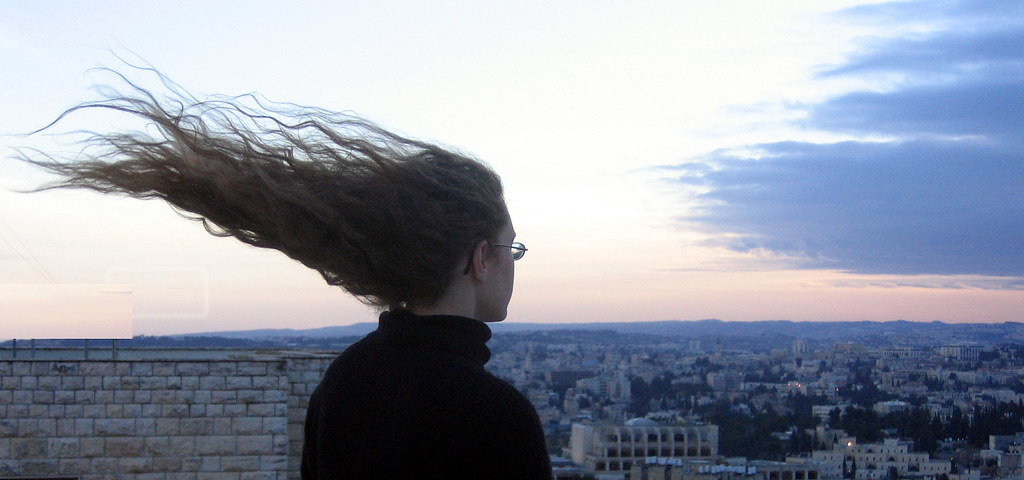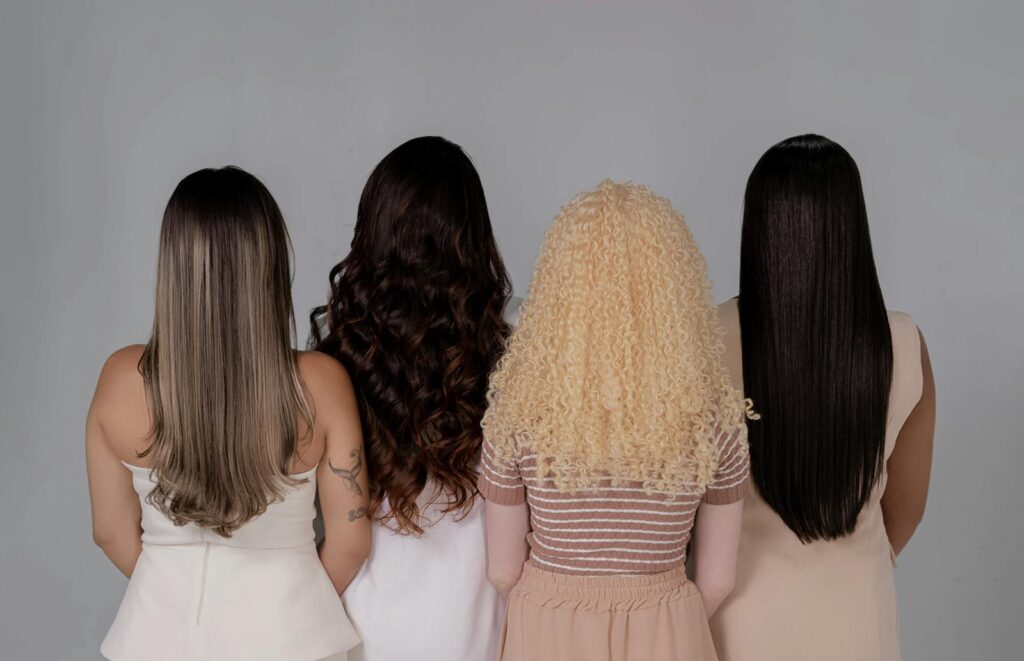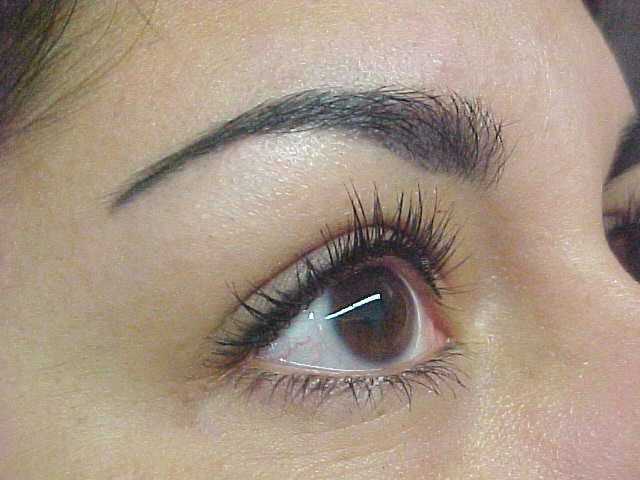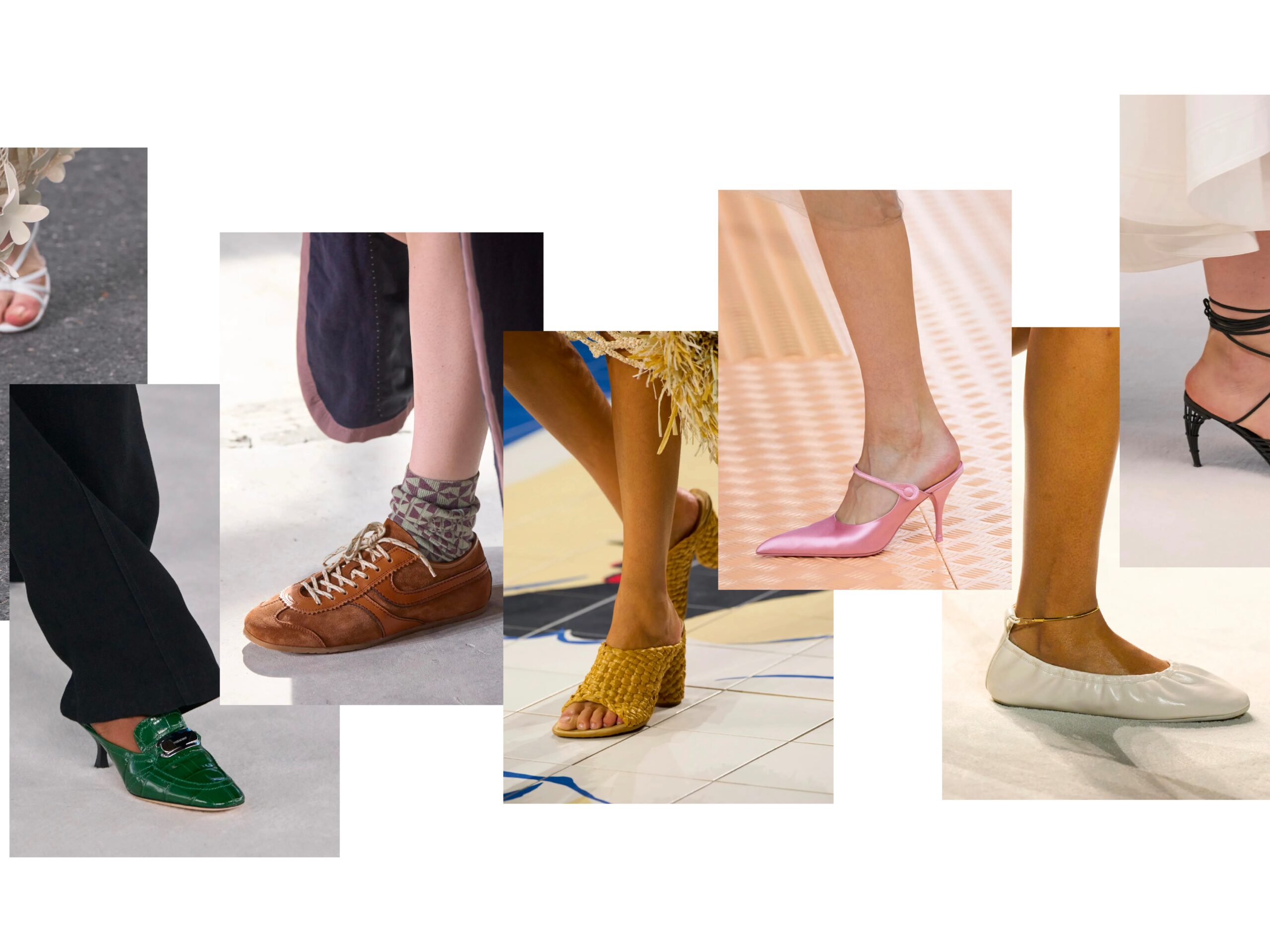
Discovering your natural hair texture can be both liberating and intimidating; Kayla Greaves openly shares her journey of not experiencing her natural hair until her early twenties. This awakening, sparked by the natural hair movement, has empowered women to reclaim and celebrate every strand, embracing their natural curls as symbols of beauty and strength.
Today, as we celebrate natural hair, some women prefer to experiment with different textures using heat-training hair. While some people may decide on this for conformity to external beauty standards, for others, the decision has very little to do with that but more personal preference or convenience.

Understanding Heat Training for Hair
Heating up hair training however entangles us in the scientific world, cultural practices, and ongoing debates about its health. When it comes down to it, heat training involves doing multiple applications of heat on your hair with flat irons to ‘train’ the hair to stay straight as time goes on.
Scientifically speaking, this breaks down the hair’s keratin structure over time and makes it harder to rebond into its natural curl pattern around moisture and humidity. Heat training is appealing because it offers the possibility of changing curl to straight and vice versa without using permanent chemical treatments.
While this practice is not without risk. Exposure to high heat repeatedly can result in the hair shaft becoming compromised to the point of dryness, split ends, and permanently changing the hair’s natural curl pattern. Any dead, permanent change to the curl is considered ‘heat damage’, although some choose to call this change ‘restructuring.
Balancing Style and Hair Health
Deciding whether to explore heat training for your hair is fundamentally about finding a balance between styling desires and maintaining hair health. Hair care professionals stress the importance of safe practices that ensure your locks remain vibrant and strong, making informed choices essential for every individual.
- Using Heat Protectants: They’re a barrier between the heat tool and the hair so the products cut down on damage.
- Choosing the Right Temperature: According to experts, flat irons should be used at a lower temperature and should not be applied to your hair daily.
- Maintaining a Conditioning Routine: Heat exposure is only made available by deep conditioning treatments which are essential to protect and fortify hair.
- Regular Trims: Removing the damaged ends keeps your hair healthy.
It’s crucial to consider your unique hair type and texture when engaging in any hair care routine. For instance, coarser hair types typically withstand heat training better than finer hair types, which are more susceptible to damage and breakage when exposed to heat.
The Cultural and Emotional Significance
The conversation around heat training extends beyond hair care; it delves into beauty standards, cultural identity, and personal freedom. For many, the choice to embrace heat training isn’t merely about altering natural curls but reflects personal preferences and practical styling needs.
The practice is, however, also criticized. Others say natural textures are products of societal biases that favor straight hair, so we are simply adapting to that bias, and frequently creating a new one in the process. For its opponents, on the other hand, heat training is all about reclaiming agency over a personal narrative: Your hair story.

Heat Training vs. Heat Damage: Debunking Myths
The debate on whether heat training can be achieved without inflicting lasting damage on your hair is fiercely contested. Critics argue that it leads to dryness and breakage, while supporters assert that, with proper care, it’s entirely possible to maintain healthy, beautiful hair.
It is necessary to know the difference between controlled heat training and overuse of heat tools. While heat training is meant to make styling feasible without having to overdo chemical treatments, misuse or overuse of heat can be very damaging.
Is Heat Training for Hair Right for You?
Ultimately, the decision to pursue heat training is highly personal, weighing the benefits of convenience against potential risks to hair health. If you’re contemplating this route, consider asking yourself some key questions to better understand your hair’s needs and your styling goals.
- What Are Your Styling Goals? If you need a little additional flexibility between textures, heat training is something worth experimenting with.
- Are You Committed to Hair Care? We need a strong care routine to decrease risks.
- Do You Understand the Risks? Educate yourself about the potential for permanent changes to your curl pattern.

Celebrating Diverse Hair Choices
The beauty industry is ever-changing, and it has graciously embraced diversity in terms of hair textures and ideal hairstyles. Whether you’re aiming for natural curls heat training your hair or any other method, the choice is yours, but be sure to make this choice with hair’s health and your style at the top of your mind.
At the end of the day, hair care is a course of discovery, independence, and manifestation. Learning about the science and cultural importance of heat practices, like heat training, means you’ll be able to understand your hair journey better and take ownership of your hair journey without fear.
Related posts:
My “Heat-Trained Hair” May Actually Be Heat-Damaged
Does more heat really help “train” your hair and loosen the curl pattern?
How To Heat Train Hair: What You Need To Know | PATTERN




